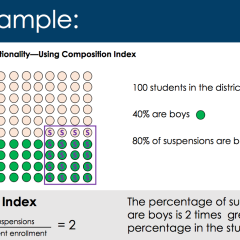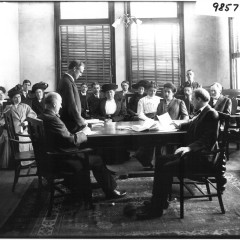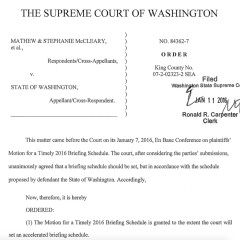When the new teacher evaluation model, aka “TPEP,” rolled on down from Olympia, I was as skeptical as anyone. When will we have time for this? Why should I spend my time having to prove that I’m doing my job…I don’t even have enough time to do my job!
I’m a convert, though. I like the model of teacher evaluation that has been put into law. I believe that if implemented with the right mindset and agreements from all sides, it can, and does, focus on fostering conversations about improving practice to impact student learning. I’ve seen it in my own practice and heard of it from teachers and principals throughout my district.
We’re now completing the first “live” year of legal implementation, and I have a few ideas about how I’d like to see our system continue to improve. No one has enough time to accomplish everything that is expected of us. Teachers don’t, principals don’t, even students don’t. We do have choices, though, and I think that accomplishing the aims of our evaluation system can be addressed at the policy level as well as the practice level.








